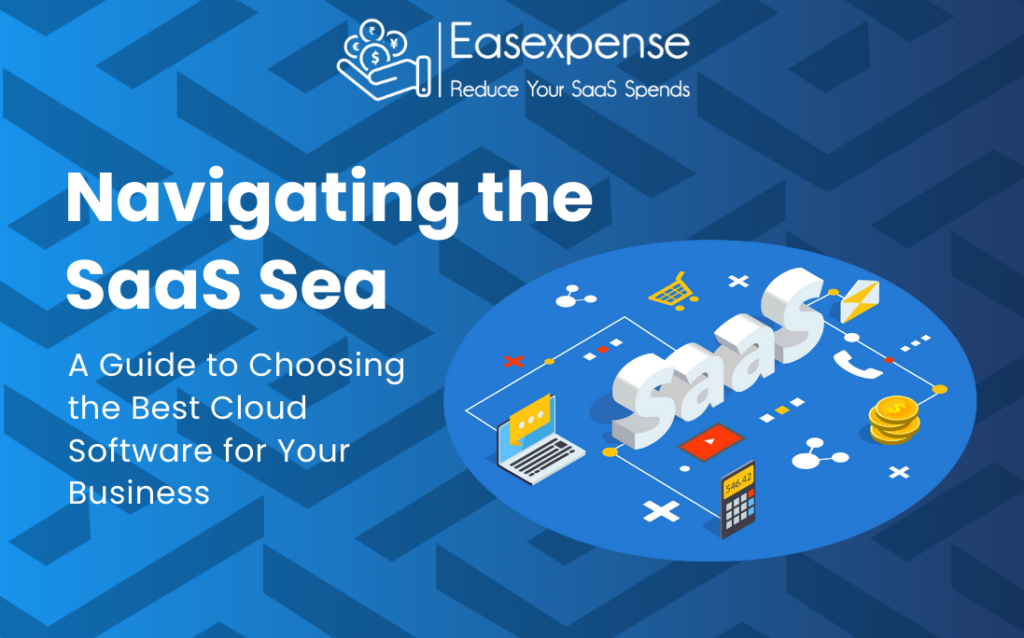In today’s fast-paced digital world, cloud software has become essential for businesses of all sizes. It enhances productivity, streamlines operations, and keeps companies competitive. However, with the overwhelming variety of Software as a Service (SaaS) options available, choosing the best one for your company can feel daunting.
While comparing features is a common starting point, it often fails to capture the full potential or compatibility of a SaaS platform with your specific needs. So, how do you effectively navigate this sea of options? Let’s dive into some strategies that go beyond basic feature comparison:
1. Define Your Business Goals
Before exploring SaaS platforms, it’s crucial to outline your company’s objectives and the primary challenges you want to address. Whether you’re aiming for increased customer satisfaction, process automation, or team collaboration, having clear goals will guide you toward the right solution.
2. Consider Integration Capabilities
The ability of a SaaS solution to integrate with your existing systems is key to maintaining efficiency. Seamless integration minimizes disruptions and enhances productivity. Look for platforms that offer robust APIs or pre-built integrations with tools you already use.
3. Focus on Scalability and Flexibility
As your business grows, your software should grow with you. Choose a SaaS provider that offers scalability, allowing you to adapt to evolving business needs. This is especially important for startups looking to scale or established businesses entering new markets.
4. Prioritize User Experience
Successful software implementation relies heavily on user adoption. Opt for platforms that provide intuitive interfaces, comprehensive training materials, and excellent customer support. These features will facilitate smoother onboarding and encourage user engagement.
5. Emphasize Security and Compliance
Data security and compliance with industry regulations are critical when selecting a SaaS platform. Ensure that the provider offers strong security measures, including data encryption and relevant compliance certifications, to protect your sensitive information.
6. Assess Total Cost of Ownership (TCO)
Initial costs are important, but don’t overlook the long-term financial impact. Evaluate not only subscription fees but also setup, maintenance, and any hidden costs. A comprehensive TCO analysis ensures you’re making a financially sound decision.
7. Explore Customer Feedback
Customer reviews and testimonials provide valuable insights into the real-world performance of SaaS platforms. Opt for solutions with a proven track record of user satisfaction and positive reviews.
8. Leverage Free Trials and Demos
Finally, take advantage of free trials or demos to get hands-on experience with the software. This will help you evaluate functionality, usability, and compatibility before making a commitment.
In conclusion, choosing the right cloud software goes beyond comparing features. By focusing on integration, scalability, security, user experience, and total cost, you’ll set your business up for success in the digital age. Cheers to successfully navigating the SaaS sea!
#SaaS #CloudSoftware #BusinessTech #DigitalTransformation #Scalability #TechSolutions #BusinessGrowth #DataSecurity #Integration #ProductivityBoost #TCO #SoftwareSelection




